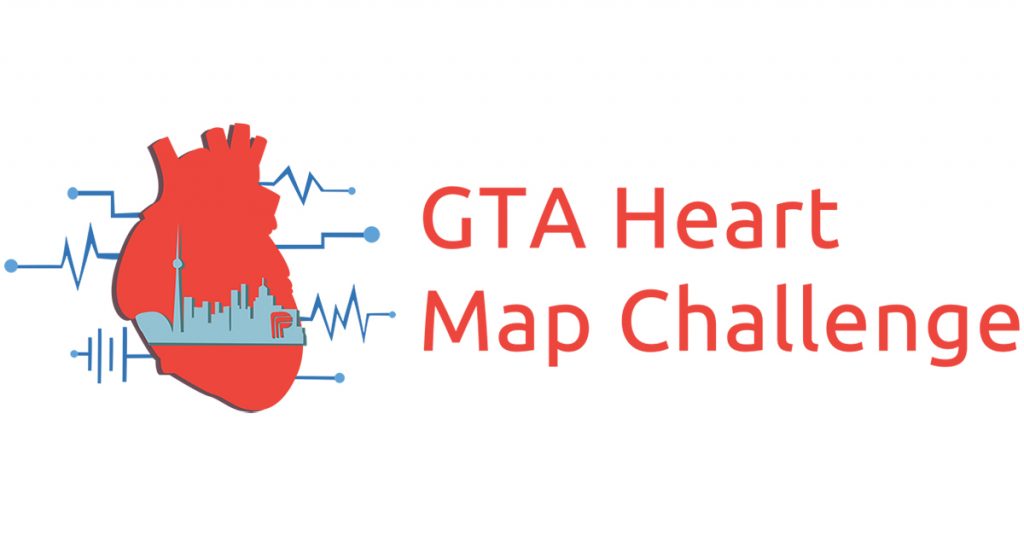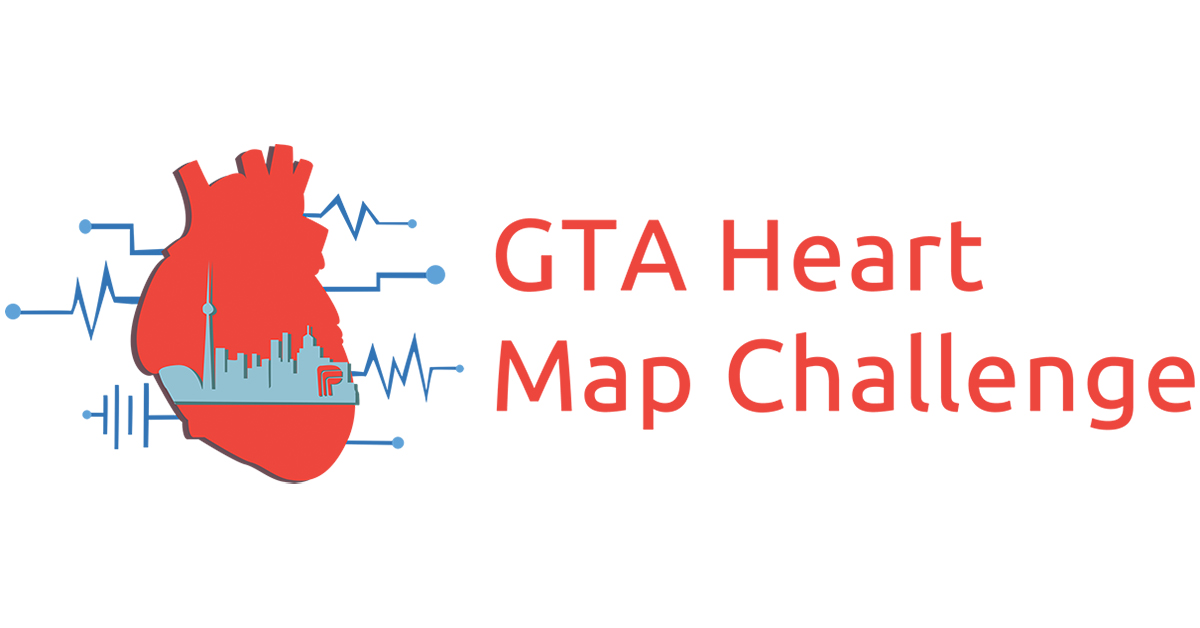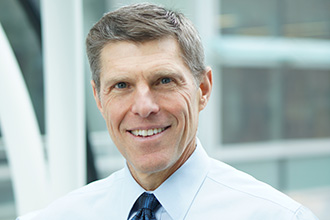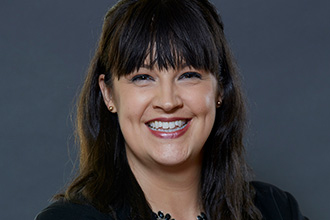How physicians and researchers plan to make AEDs easier to locate in the GTA

By Jennifer Stranges

GTA Heart Map Challenge logo
A new initiative led by physicians and researchers out of St. Michael’s Hospital is challenging the public across the GTA to find as many automated external defibrillators (AEDs) as possible and share their locations.
The GTA Heart Map Challenge will run through the month of March across Toronto and the Peel Region, with participants competing for their chance to win prize money – and to help save a life by identifying where to find one of the easy-to-use medical devices that can deliver electric shocks to the heart.
We connected with two of the organizers, Dr. Paul Dorian, cardiologist and cardiac electrophysiologist at St. Michael’s, and Dr. Katherine Allan, a PhD researcher at St. Michael’s, to learn more about the challenge and the ultimate goal of using the entries to create an AED registry for emergency dispatch services.

Dr. Paul Dorian
What is your involvement in the GTA Heart Map Challenge?
Dr. Dorian: I am the founder and co-originator of this initiative, together with a team of researchers, cardiology residence medical students, EMS personnel, and non-medical volunteers.
Dr. Allan: I am the founder of a group called CARE – Cardiac Arrest Response and Education – an informal grassroots organization working on several different community-based initiatives to help improve survival from sudden cardiac arrest.
We are composed of scientists, clinicians, survivors, families who have lost someone to sudden cardiac arrest, six paramedic organizations and the Heart and Stroke Foundation. Dr. Mali Worme, a cardiology resident at St. Michael’s, is also a member of CARE and she has been instrumental from the very beginning in getting the Heart Map Challenge going from the idea stage to launch.
What is the GTA Heart Map Challenge?
Dr. Dorian: The GTA Heart Map challenge is a public-facing initiative, essentially a scavenger hunt, to identify as many AEDs in the GTA located in a public place as possible. This event is open to all members of the public who will be asked to upload, using an app, a photograph and a text description of it as many AEDs as they can. The individuals or teams who identify the largest number of AEDs will receive one of several prizes.
Why is this challenge necessary?

Dr. Katherine Allan
Dr. Allan: Unfortunately, AEDs are seldom used, not only because there are not enough of them, but often because bystanders do not know where they are, cannot find them, or they are not easily accessible. If a bystander uses an AED in the first few minutes of someone having a sudden cardiac arrest, the victim’s chance of survival can climb from 10 per cent to more than 50 per cent.
Having a complete list of all AEDs in the GTA would be a large step to improving how often people use them and could save almost 700 people yearly who suffer a sudden cardiac arrest in a public place. Such a registry should be available to 911 dispatch operators, who could instruct callers where the nearest AED is.
How did the idea come about?
Dr. Dorian: The idea of a scavenger hunt is not our own, this has been done previously in many U.S. cities, but we are going about it in a slightly different way than previous such events.
We discovered that there are probably more than 20,000 AEDs in the GTA, out of which only about 1,500 are registered. There are many cardiac arrests which tragically occur in a public place with an AED nearby, but the AED is not used in part because bystanders don’t know where they are or cannot find them in an emergency.
What do you hope comes of the challenge?
Dr. Allan: I hope that the public embraces this challenge and finds several thousand AEDs that we did not know of previously. I also hope it helps spread awareness to the general public about sudden cardiac arrest, AEDs and performing CPR and that some people may take it upon themselves to go and get trained. Ultimately I hope that the AEDs we find will result in more lives saved.
To learn more or to register for the challenge, visit gtaheartmapchallenge.com.
About St. Michael’s Hospital
St. Michael’s Hospital provides compassionate care to all who enter its doors. The hospital also provides outstanding medical education to future health care professionals in more than 27 academic disciplines. Critical care and trauma, heart disease, neurosurgery, diabetes, cancer care, care of the homeless and global health are among the Hospital’s recognized areas of expertise. Through the Keenan Research Centre and the Li Ka Shing International Healthcare Education Centre, which make up the Li Ka Shing Knowledge Institute, research and education at St. Michael’s Hospital are recognized and make an impact around the world. Founded in 1892, the hospital is fully affiliated with the University of Toronto.
About Unity Health Toronto
Unity Health Toronto, comprised of Providence Healthcare, St. Joseph’s Health Centre and St. Michael’s Hospital, works to advance the health of everyone in our urban communities and beyond. Our health network serves patients, residents and clients across the full spectrum of care, spanning primary care, secondary community care, tertiary and quaternary care services to post-acute through rehabilitation, palliative care and long-term care, while investing in world-class research and education. For more information, visit www.unityhealth.to.
